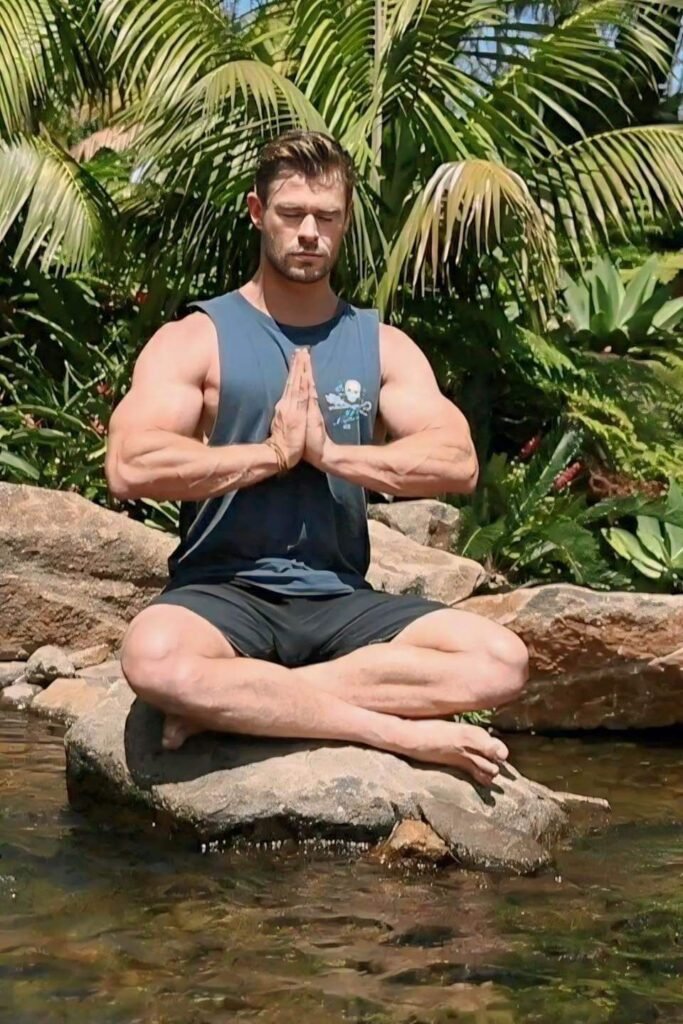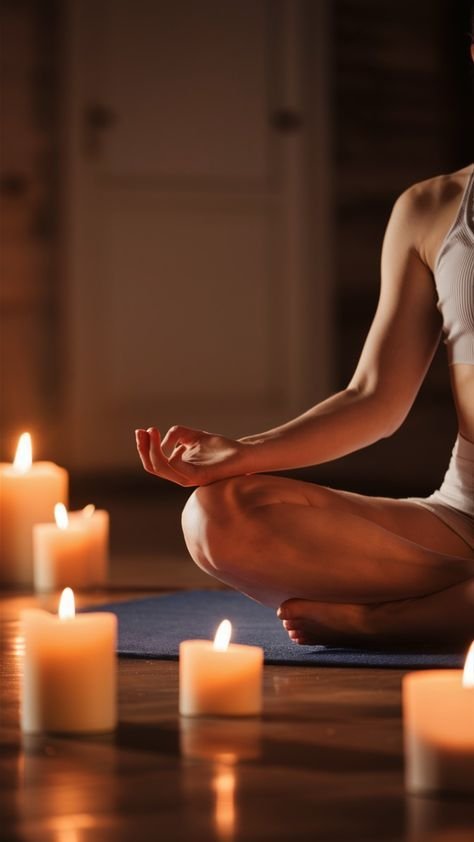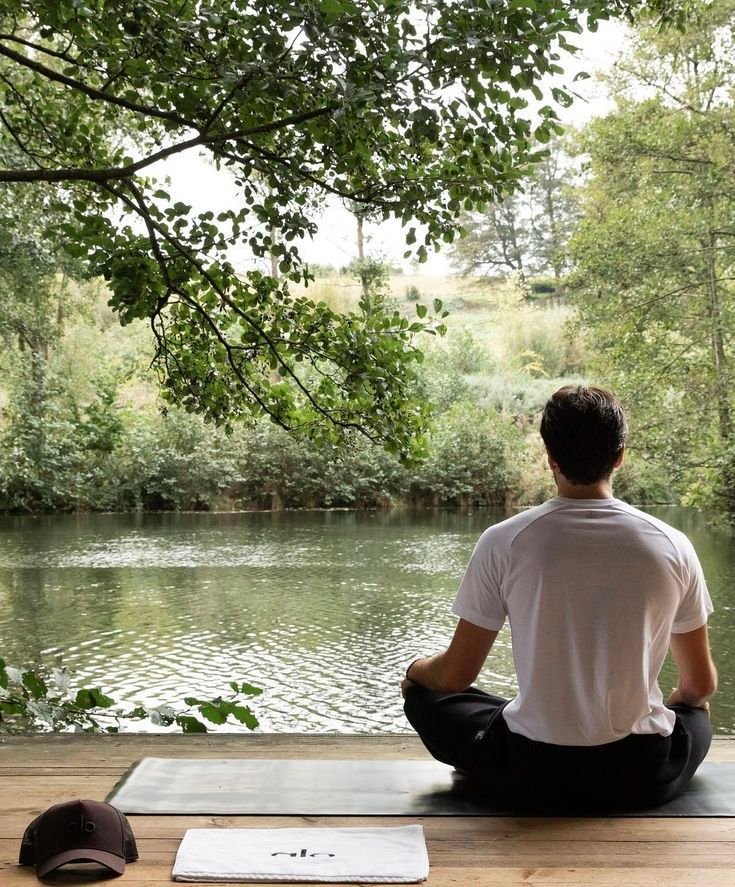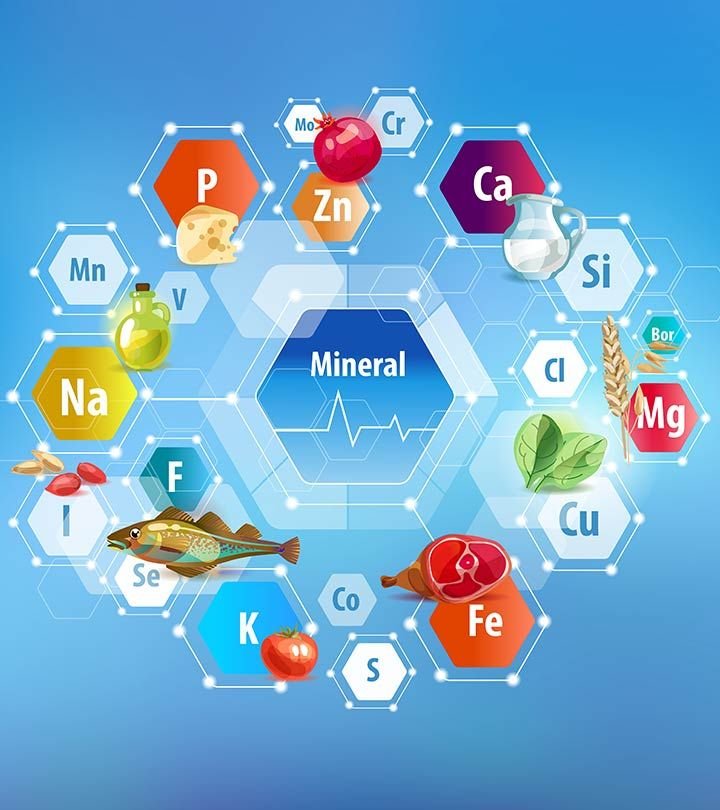Unlock Inner Peace: 7 Secrets of Meditation and How To
Unlock Inner Peace: 7 Secrets of Meditation and How To How to meditate? Meditation, an ancient practice that has evolved into a powerful tool for modern well-being, is more than just a trendy wellness activity. As we dive deep into understanding this transformative practice, we’ll explore its rich history, scientific benefits, and practical applications in today’s fast-paced world. Definition of Meditation Meditation is a mind-body practice that involves training attention and awareness to achieve a mentally clear and emotionally balanced state. It encompasses various techniques that focus on the integration of mind, body, and spirit. While traditionally rooted in spiritual practices, meditation is now recognized by modern science as a powerful tool for mental well-being . At its core, meditation involves self-regulation practices that help cultivate a state of relaxation, enhanced awareness, and thoughtful observation of one’s experiences without judgment . Understanding the Essence of Meditation At its core, meditation is a set of techniques designed to train attention and awareness, leading to a mentally clear and emotionally stable state. While many associate meditation with religious practice, it has transcended its spiritual origins to become a type of mind-body medicine embraced by healthcare professionals and scientists worldwide. Historical Roots and Evolution The practice of meditation dates back to approximately 1500 BCE, with its earliest records found in the Vedic traditions of India . What began as a religious practice in major religions has evolved into various forms, each offering unique approaches to inner peace and self-discovery. Ancient wall art from around 5,000 BCE depicts figures in meditative postures, suggesting that humans have long recognized the value of contemplative practices. Today, meditation serves as an umbrella term encompassing different techniques and approaches, from ancient Buddhist practices to modern mindfulness-based stress reduction programs. Learn How to Fight againsts Depression with Self-Care The Science Behind Meditation Physical Benefits Scientific research and clinical trials have revealed numerous benefits of meditation: Cardiovascular Health: Immune System Function: Brain Structure and Function: Mental Health Benefits Research studies have demonstrated meditation’s positive effects on various mental health conditions: Stress and Anxiety: Sleep and Rest: Emotional Well-being: Different Types of Meditation There’s no such thing as a “perfect meditation” – different techniques suit different individuals: 1. Focused Attention (FA) Meditation This type involves concentrating on a single object, thought, or sensation . Key characteristics include: 2. Open Monitoring (OM) Meditation This practice involves being aware of all thoughts, feelings, and sensations without focusing on any particular one . Features include: 3. Movement Meditation This category includes active forms of meditation , such as: 4. Mantra Meditation This practice uses repetitive sounds or phrases, including: 5. Body-Based Meditation Body Scan Meditation This involves systematically focusing attention through different parts of the body , including: Progressive Relaxation Features include: 6. Spiritual Meditation This type connects practitioners with higher powers or spiritual dimensions, including: 7. Loving-Kindness (Metta) Meditation This practice focuses on developing compassion, including: 8. Mindfulness-Based Practices Mindfulness Meditation Key aspects include: Mindfulness-Based Stress Reduction (MBSR) This structured program includes: 9. Kundalini Meditation This practice combines various elements , including: Understanding Vipassana Meditation Vipassana meditation, one of the most ancient meditation techniques originating from India, was rediscovered by Gotama Buddha over 2,500 years ago and has been preserved in its purest form through generations, particularly in Myanmar (Burma). This powerful practice, also known as “insight meditation,” serves as a universal remedy for universal ills and represents an art of living. At its core, Vipassana focuses on self-observation and understanding the true nature of reality through mindfulness and present-moment awareness. The practice is built upon three fundamental concepts: Anicca (impermanence), Dukkha (suffering), and Anatta (selflessness). Scientific research has demonstrated numerous benefits of Vipassana meditation, including reduced stress, anxiety, and depression, along with enhanced emotional regulation. Studies have shown that it can lead to physical changes in the brain, particularly in the prefrontal cortex, which is associated with increased mindfulness and reduced emotional reactivity. Understanding Transcendental Meditation (TM) Transcendental Meditation (TM) is a specific form of mantra meditation developed by Maharishi Mahesh Yogi in the 1950s, characterized by its simplicity and natural approach to achieving deep relaxation and inner peace. Unlike other meditation practices, TM doesn’t require concentration or contemplation but instead emphasizes effortlessness. The practice involves sitting comfortably with eyes closed for 15-20 minutes twice daily, silently repeating a personalized mantra assigned by a certified TM teacher. These mantras are typically meaningless sounds derived from Sanskrit, chosen specifically for their calming qualities and resonance with the individual’s nervous system. Scientific research has demonstrated numerous benefits of TM, including: Getting Started: General Guidelines Essential Steps for Beginners Create the Right Environment: Basic Technique: Establish Regular Practice: Common Challenges and Solutions Busy Mind: Time Management: Maintaining Consistency: Scientific Validation Recent randomized controlled trials of mindfulness meditation have shown: Modern Applications Today’s meditation practices have evolved to address contemporary challenges: Meditation is not just an ancient practice but a scientifically validated approach to improving both physical and mental well-being. Whether you’re seeking stress relief, better sleep, or deeper self-awareness, regular meditation practice offers a path to enhanced health and inner peace. Remember, the most important thing is not achieving a “perfect” meditation but maintaining regular practice. As research continues to unveil new benefits and applications, meditation stands as a powerful tool in our modern wellness arsenal.
Unlock Inner Peace: 7 Secrets of Meditation and How To Read More »










